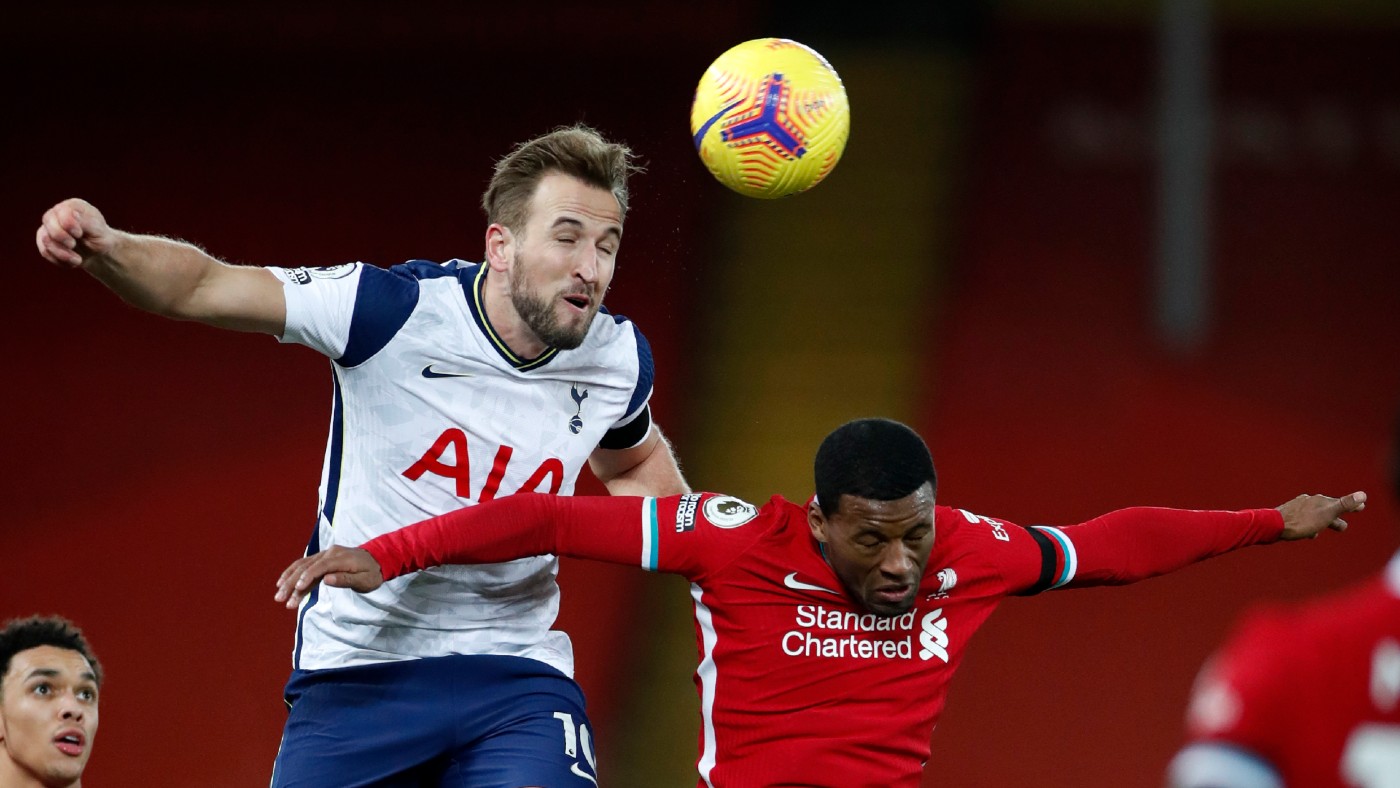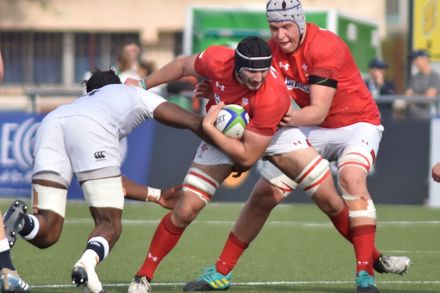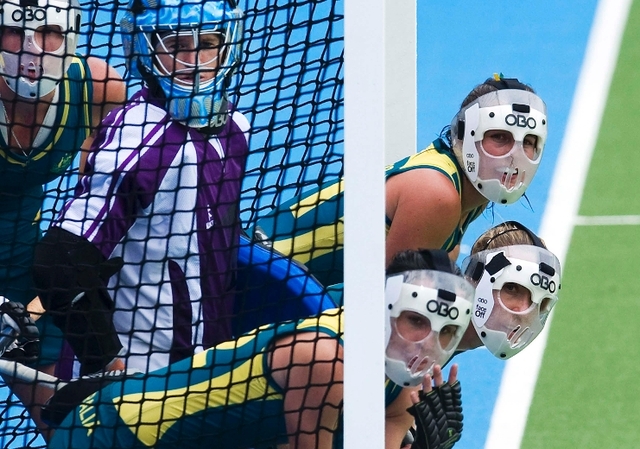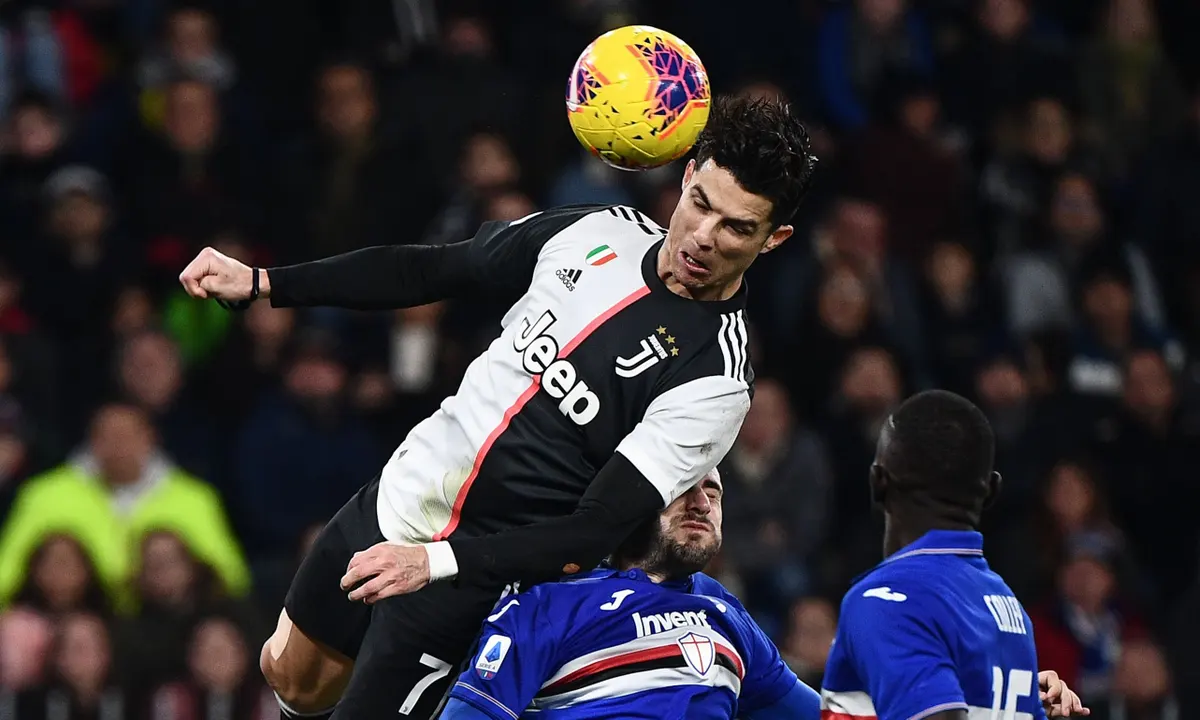How Safe is Sport? – Isabel T
The tragic death of ice hockey player, Adam Johnson, killed by a skate cut to the neck, has once again reminded us that sport, which so many of us love, is not without risk. While many argue that the tragic incident involving the Nottingham Panthers player was exceptional, sport must always strive to minimise the dangers posed to participants. There are rising concerns about sport-related injuries in rugby and football, especially head and brain injuries showing correlation with increased chance of development of dementia: so how safe is the sport we play?
Football

As much as it’s hard to differentiate what is a genuine injury or a melodramatic performance by players to guarantee a yellow card, football has its fair share of extreme injuries. One increasingly frequent injury even in non-professional football is the impact of headers and its correlation with head injuries. Frequent contact with your skull and the football showed that professional footballers were three times more likely to develop dementia and other diseases to the brain such as CTE which causes short-term memory loss, mobility issues and even personality and behavioural changes. Professional football players in Scotland have now been banned from headings balls the day before and after matches because of the likelihood of brain injuries and concussions. They have banned any exercises which include headers more than once a week in training and exercises. They have completely banned any exercises involving heading for children under 12. In England, clubs have also been restricted in these types of exercises to allow only 10 high impact headers a week. With more studies underway in relation to head injuries and future dementia, these restrictions may become worldwide.
Rugby

As rugby is an extremely high impact sport, any form of injuries – especially the brain – are increasingly common. Concussions are the most common injury to receive while playing rugby, reaching up to 22% of players. Other injuries include muscle tears, facial injuries and fractures. With compulsory laws to wear shin-pads and gumshields, what about scrum hats and facial masks? Rugby has faced high amounts of scrutiny for players not requiring facial masks despite being such a high contact sport. Certain rugby positions have a higher chance of receiving these types of injuries: fly halfs and hookers, while right locks and open-side flankers receiving the highest severity of injuries. The Rugby Football Union have introduced a law requiring children to play either tag rugby, or contact rugby to an extent: under 15 and under 18 levels have the tackle line reduced from shoulder to armpit level. Research shows that professional rugby players are 3 times more likely to develop Parkinson’s and 2.5 times more likely to develop dementia. Despite players not required to wear head guards or scrum hats, they do not offer significant protection from head injuries.
Hockey

Hockey injuries including muscle strains and tears are much more likely than other more serious injuries, with ankle strains being the most common. However, 12 out of 1000 injuries occur to the head and face, with 7% of all injuries in hockey are concussions (mostly due to aerials and penalty corners). The most likely incident of receiving this type of injury is during short corners, where defenders must wear face masks, but only allowed to wear them in this circumstance, as MIAA hockey committee has voted that goggles and face masks are not compulsory during matches over troubles for vision. Also in short corners, any dangerous shots are strictly forbidden. However, World Hockey have changed rules allowing defenders to keep their masks on even when the ball is outside the attacking D. Players are also required to wear protective shin pads and gumshields while playing, even in children’s hockey.















Post Comment
You must be logged in to post a comment.